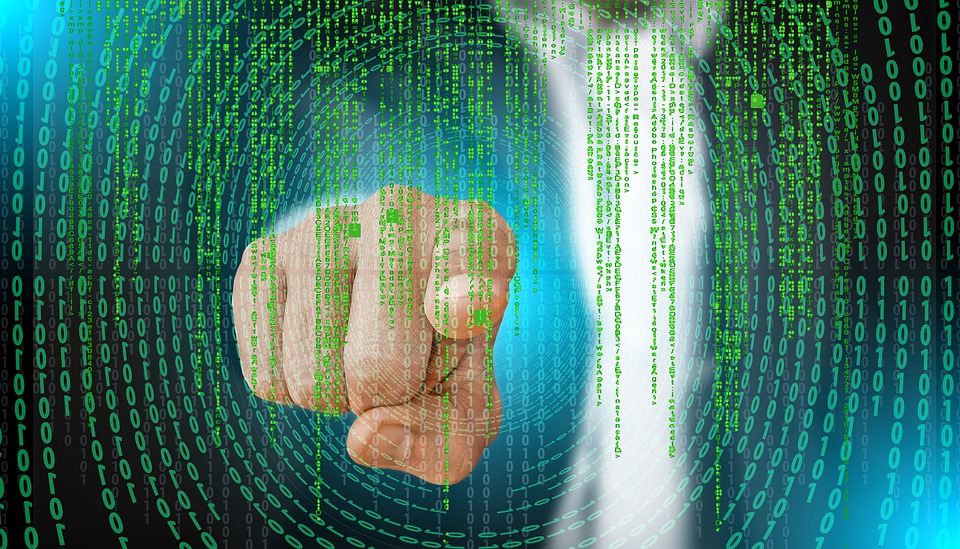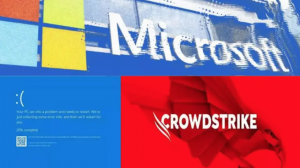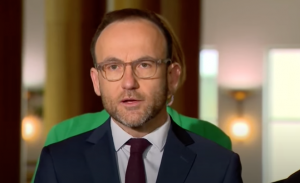Smart meters to receive $2.7 million subsidy

The Australian government will provide $2.7 million to subsidise new advanced smart meters for households, businesses and schools in a trial to monitor energy use.
The $8 million project will be lead by the Australian Renewable Energy Agency and will allow the provider access to household data in order to tap in and reduce personal off-peak consumption.
‘ENERGY MARKETPLACE’
It has been revealed that $2.7 million in funding will be provided via the Australian Renewable Energy Agency (ARENA) for a new $8 million smart meter trial.
The new My Energy Marketplace program will be rolled out by ARENA, which aim to develop systems that allow providers to see where, when and how much energy a household is providing.
Sydney developers Wattwatchers will assist the program by developing energy monitoring hardware and software packages for homes, small businesses and hundreds of schools.
A new app will also allow users to take part in “demand response programs” that the government claims will lower energy costs and ‘support the grid’ by reducing energy consumption.
Households will share data about their energy usage with the Australian Energy Market Operator (AEMO) and distribution networks, while allowing them to lower your use during ‘inactive periods’:

To do this, the app and providers would need to track and store massive amounts of data on personal habits. ARENA CEO Darren Miller recently spoke on the importance of obtaining household data:
“Whether it’s rooftop solar, battery storage, energy efficiency, controlling electricity loads and appliances remotely, or the uptake of electric vehicles, we need better data to effectively run the future grid consisting of more and more decentralised consumer energy assets.”
ARENA is also touting its willingness to partner, pointing to My Energy Marketplace partners data company Accurassi, app company Cogniss and education company Solar Schools.
Wattwatchers’ products include monitoring devices and switching and control units. The company is also a research partner of the Australian National University’s Grid Integration Program.
According to their website: “Energy use and management datasets will also be made available to researchers, solution developers, and commercial partners under sharing agreements consistent with privacy and security conditions set by energy users.”
Despite the appeal of ‘energy savings’, many have expressed concerns about placing further centralized control for the network in Australia and privacy safeguards for data collection:
ENERGY CONTROL IN AUSTRALIA
Smarter energy is the next big thing being pushed as ‘the best solution for Australia’s energy needs’.
Renewable energy supply models are developing in other areas of the world that will be adapted into the program here in Australia, including a new concept called demand response.
Demand response is about consumers reducing energy consumption through “flexible management strategies”, allowing greater access to home control and data in order to ‘reduce costs’.
The Australian Energy Market Operator (AEMO) is responsible for operating Australia’s largest gas and electricity systems, including the National Electricity Market (NEM) – the interconnected power system in Australia’s eastern and south-eastern seaboard.
The group also control the Wholesale Electricity Market (WEM) power system in Western Australia.
Since 1996, the generation, distribution and supply of electricity in eastern and southern Australian states has been amalgamated under the NEM.
Forces of supply and demand affect prices on the NEM and prices fluctuate accordingly. If there is high demand for energy on the wholesale market, prices will likely be driven up, and vice-versa.
The control room for this regulation has been described as the “brain centre” – a high-tech room filled with large computer screens running algorithms and various forms of technical equipment.
At an undisclosed location beneath Sydney, the AEMO operates the secretive room that is responsible for the underlying processes of power generation in Australia.
In this room, the entire NEM is maintained and distributed by a small, select group of people, who are responsible for the location, volume, fluctuation and price of Australia’s electricity.
The fact that a primary source of power generation in Australia is maintained in a small room in Sydney has raised concerns over the last few years. The consolidation gets worse down the chain.
There are four parts that make up the electricity market in Australia: Generation, distribution, transmission and retail operations.
Of Australia’s eight states and territories, only three governments retain full ownership of all elements of their electricity networks: Western Australia; Tasmania; and the Northern Territory.
Recently, the Australian Competition and Consumer Commission (ACCC) made the decision to approve a $13 billion sale of gas pipeline infrastructure to Hong Kong’s Cheung Kong Infrastructure.
This follows a gradual takeover of Australia’s gas and electricity network, which has resulted in over two-thirds of power generation companies being taken over or bought out by foreign investors.
For example, CKI — with the 100% Chinese government-owned State Grid — now own nearly all of Australia’s east coast energy distribution assets as a result.
This includes significant shares in privatised state power distributors, such as EnergyAustralia, which is also owned by foreign Hong Kong-based company, CLP Group.
This includes the Murray Link interconnector, electricity distribution through Powercor, Citipower, United Energy and Gasnet, plus distribution through Multinet and the Australian Gas Network.
Former Army general and now Liberal senator Jim Molan told the Financial Review a significant number of his colleagues were concerned about the takeover bid on national security grounds. A foreign owner could cut off the supply at any time.
This another key aspect of the Agenda 2030 plan unfolding right before our eyes, orchestrated by a UN takeover of Australian society and beginning with the Bushfire Smart City Plan.
Given examples of massive outages during summer conditions in Victoria and South Australia’s power generation problems, as the bushfires intensify across the east coast of Australia, is it time to reclaim some of our most precious resources before it is too late?
Stay tuned for more.
Source: https://tottnews.com/2020/01/07/smart-meters-government-subsidy/










LOL The thought of a handful of people in a small underground room somewhere in Sydney, controlling the Eastern Board electricity supply chain… Creepy pasta stuff. When will social crediting begin? After they have found out all your habits via the Smart Metres? Same withe the Age of Digital Banking.. imagine your chip being switched off in the supermarket?